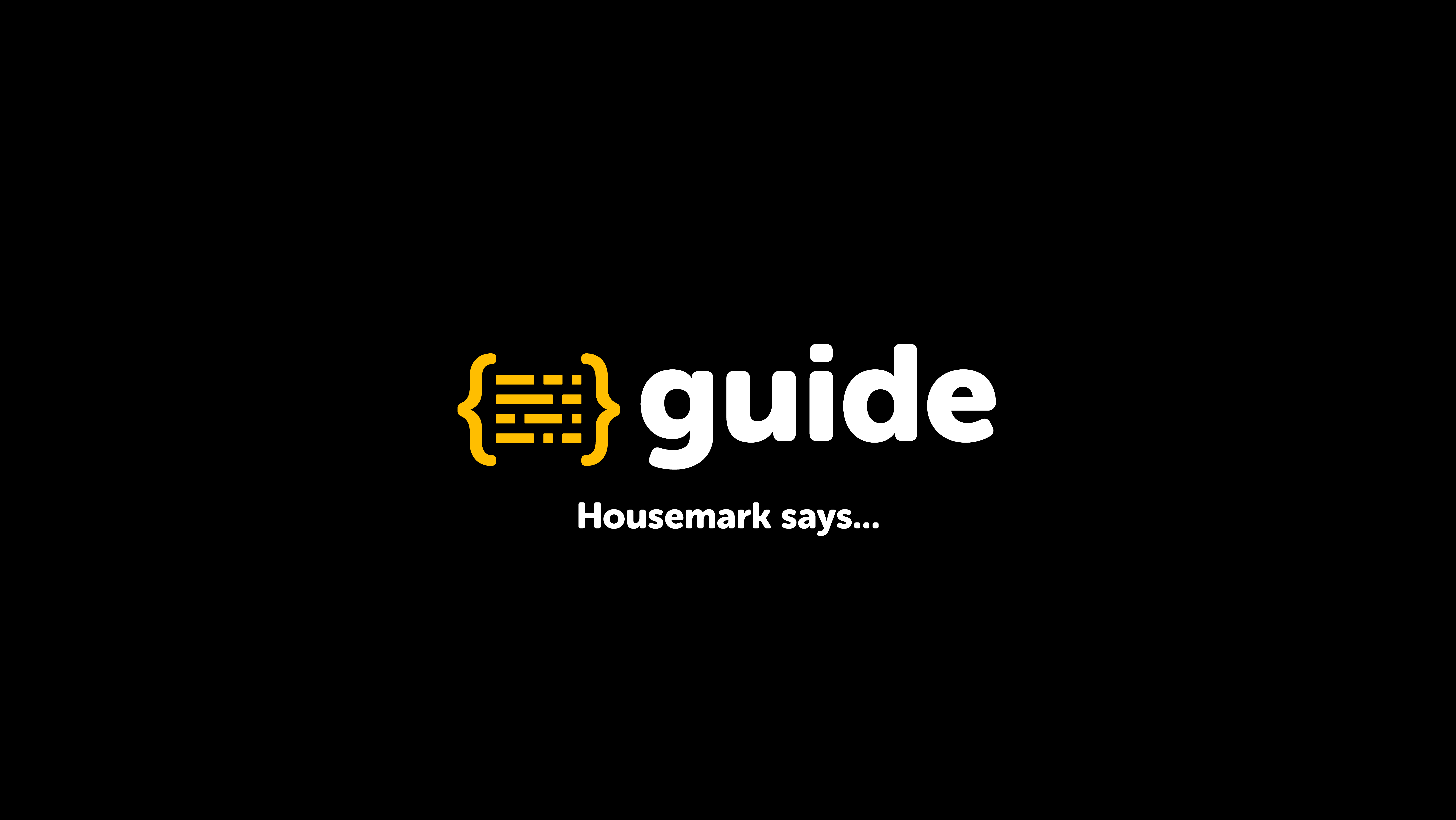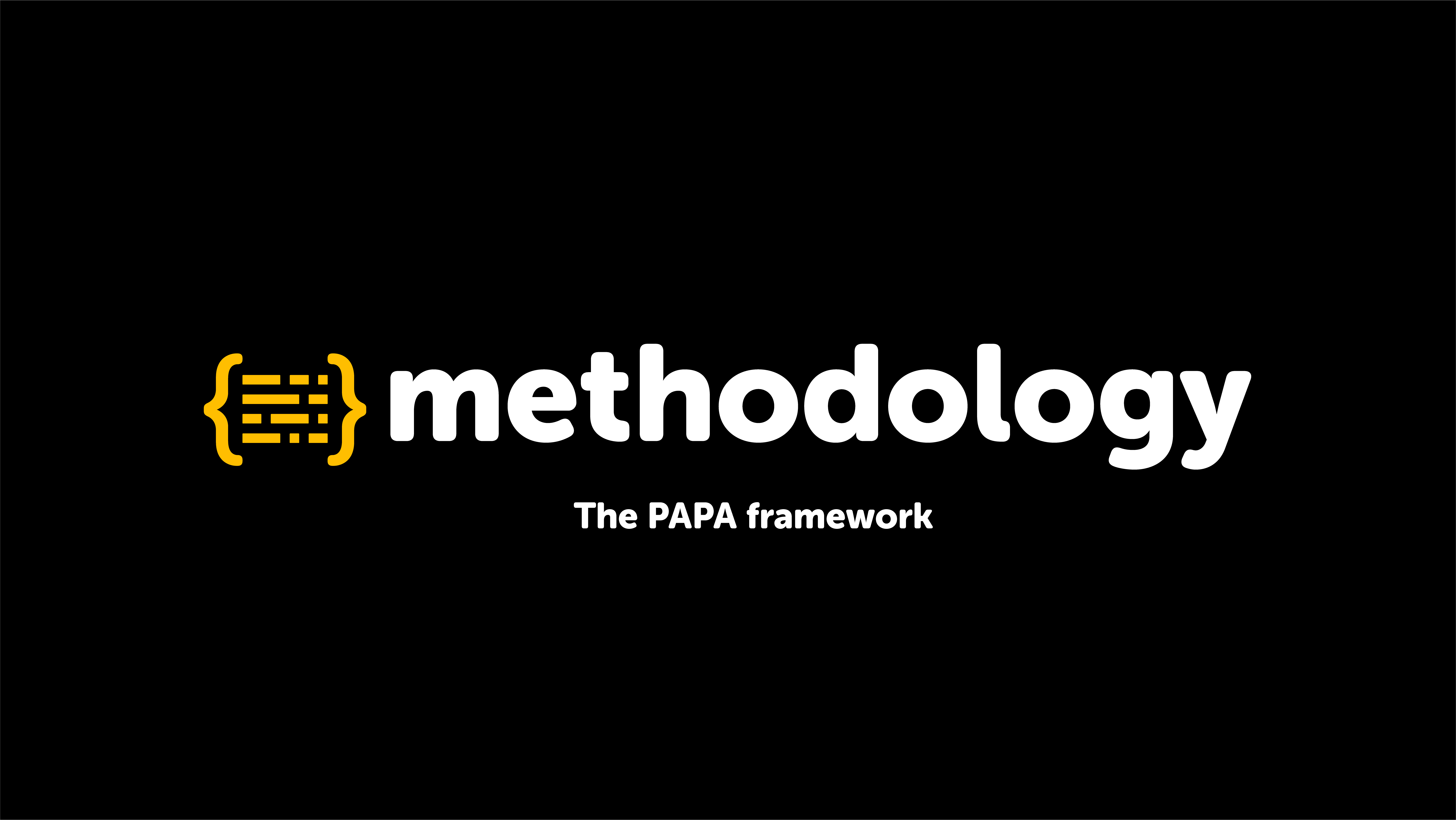A long time ago in a galaxy far, far away, Housemark set out their guidelines for best practice when running perception surveys.
Now, it may seem like one or two things have happened since then. After all, what did the versions of ourselves in April 2020 know about what the world would look like a few years down the line? Very, very little…
But with Tenant Satisfaction Measures now officially on the table and further regulation coming thick and fast, it is time to go back and take a look at what Housemark had to say. Given the weight of expertise Housemark has access to, as well as the significance of the STAR program as a precursor to TSMs, those guidelines are still a no-brainer read for any customer-facing Housing type. That said, with the changes that have taken place over the last few years, there are some elements that should be taken with half a teaspoon of salt. So, without furth-
Survey coordination
“Having a coordinated approach means that the surveys are more likely to be… of high quality”.
It may seem a straightforward concept, but all your surveys should come from the same place. Housemark recommends that there is one single function responsible for all surveys sent to tenants. This offers up multiple benefits:
- Consistency of style. Assuming support from marketing/comms functions, surveys sent from a single function are more likely to appear consistent in their style and tone, and therefore more professional.
- Survey fatigue. If all surveys are routed through a single distributor, the likelihood of tenants being inundated with surveys (with a concomitant reduction in response rates) drops significantly.
- The benefit of experience. A single team running surveys with relevant frequency will gain far more surveying know-how than other teams running them ad-hoc - you will develop your own in-house experts.
According to Housemark - “sometimes surveys are carried out… with little or no consistency. While this might work in practice for some organisations, there are many advantages to coordinating the surveys.” A very polite way to put it.
Sampling
“Accurate sampling and a good response rate can generate reliable feedback at a fraction of the cost of a survey of all your tenants”.
Sampling is an area in which we begin to see the 2020 Housemark advice diverging a bit from what is required by TSMs. But fear not! This divergence is not absolute.

While some surveys should rightly target all tenants and residents in a certain subsection (all those who have experienced the complaints handling process, for instance), there are some advantages to sampling as Housemark suggests:
- Response rates. By tailoring the survey type to your sample, you can ensure that you’re using the best channel for the job - whether it’s postal, over-the-phone, or online.
- Survey fatigue. What a great second bullet point this one makes! But really - even if you’re routing all your surveys through one coordinating point, it can sometimes overwhelm residents. Sampling can lessen that burden.
- Very large providers. This might not apply to everyone, but for housing providers with many (many many) properties a sample can streamline the process, allowing you to gather statistically valid data without wrangling an excel spreadsheet with 50,000 rows.
Now, bear in mind that sampling is not for everyone. For instance, “you may decide a census is more appropriate to meet sampling requirements for various sub-groups”. This is doubly true for smaller providers, for whom a sample might consist of three residents and their pets. Sample responsibly.
Open text questions
“You should not underestimate the time it takes to carry out this work, which will provide valuable understanding as to why respondents scored questions but also insight into service improvements”.
In the nation of my birth, we call this one a “doozy”. Because by golly, this is where the juiciest bits are. Unfortunately, it is also the section of any survey which is the biggest pain in the overtime budget. If you’ve just surveyed 50,000 residents, and you even got a modest response rate of 10%, you’re still left with… more comments than I can count on my fingers and toes. To add insult to injury, as Housemark says, these comments are the best way to understand arbitrary number ratings in context.
So does that mean you should just eat the frog and get reading?

Well, not exactly. Housemark has one more bit to say here: “There are some specialist software packages that will identify commonly occurring words to help with this”.
Sorry Housemark, but you’re diverging from the mark once again. In this case, they’re not wrong - but they don’t quite explain the full benefit of using a specialist software to analyse such responses:
- Words in context. A software using keyword taxonomies will serve you up a very stiff analysis, placing “outstanding customer service” and “outstanding ombudsman complaint” in the same box. “Commonly occurring words” doth butter no parsnips.
- Track trends over time. While regular STAR surveys can give you indications of changing ratings, that has limited functional use without an understanding of the customer commentary behind it. Combined with sentiment analysis and automatic categorisation of tenant responses, this process gets a whole lot faster.
- Flexible and responsive focus. If the software you use only provides you with a certain set of categories, it can be difficult to pivot focus when brand new issues crop up - who could have defined “furlough” or “mask mandate” when Housemark was writing these guidelines?
The disadvantages to using open text questions are self-evident - but when you can eliminate the lengthy lead time, all that’s left are invaluable insights into what your tenants are worried, pleased, or curious about.
Now what?
"You should always develop an action plan based on the survey findings”.
But that’s really more down to you. TSMs only really track performance annually, so you could (in theory) just keep on with your current survey program with those new questions dropped in.
But some of the largest housing associations in the UK are already altering course to get ahead of regulations, and have seen some excellent results. Housemark’s advice can help prepare you for some of what’s to come - survey coordination will help the rollout of TSMs and other new programs go smoothly, and sampling can cushion the transitionary period.
But if you really want to understand what your tenants are feeling so that you can act accordingly, open text questions are the way forward. If you think there’s more to be gained from your tenant satisfaction program, let’s chat.




